On the last day of 2014, curtains came down on the last relic of the Nehruvian socialist economy with the Union government replacing the Planning Commission (Yojna Ayog) with another body, the National Institution for Transforming India (NITI Ayog).
In 1950, Jawaharlal Nehru, who admired Joseph Stalin's drive to industrialise the Soviet Union, set up and chaired the Commission to map out a development path for India's agrarian economy.
A 2,883-word long Cabinet resolution on setting up this institution calls it a Think Tank of the government or a "directional and policy dynamo,"providing governments at the central and state levels relevant strategic and technical advice." Noted economist Arvind Panagariya (62) will be the vice-chairman in the NITI Ayog.
Prime Minister Narendra Modi had announced in his Independence Day address to the nation that the Planning Commission would be dumped. US-based academic Panagariya is a free market, right wing economist who, over the last two years, has been writing advisories to the BJP about how to run the economy. He had also openly offered his services and now has been given the job he wanted.
How will NITI differ from Planning Commission?
Unlike the Planning Commission, the new body is for governance across the public and private domains, the Cabinet resolution says. "Everyone has a stake in ensuring good governance and effective delivery of services. Creating Jan Chetna, therefore, becomes crucial for people's initiative. In the past, governance may have been rather narrowly construed as public governance. In today's changed dynamics – with 'public' services often being delivered by 'private' entities, and the greater scope for 'participative citizenry', governance encompasses and involves everyone." The NITI Aayog will also seek to put an end to slow and tardy implementation of policy, by fostering better inter-ministry and better Centre-State coordination.
Will it be Modi's economic bureau?
Yes. Modi took the chief ministers into confidence on December 7 to go ahead with the new institution to strengthen "cooperative federalism" by promoting the concept of "Team India," noting that even then prime minister Manmohan Singh said on April 30 last year that the current structure of the Planning Commission has "no futuristic vision in the post-reform period".
What else does the resolution say?
The Cabinet resolution, which provides the ideological framework, invokes Mahatma Gandhi on constant development in life, BJP ideologue late Deen Dayal Upadhyaya for uplifting the downtrodden, Swami Vivekananda, Constitution's architect Dr Ambedkar and Tamil poet and philosopher Thiruvalluvar, to let the NITI Ayog act as the "pillars" that provide a "Bharatiya approach to development." It prescribes 13 objectives on which the NITI Ayog has to remain focussed.

Will NITI devolve more powers to states?
The new body will allow state governments to determine the architecture of economic growth and development, the resolution says: "The one-size-fits-all approach, often inherent in central planning, has the potential to create needless tensions and undermining the harmony needed for national effort. The resolution quotes Dr Ambedkar that it is "unreasonable to centralise powers where central control and uniformity is not clearly essential or is impracticable."The Planning Commission was unpopular with chief ministers as it engaged in promotion of Centre-to-state one-way flow of policy.."
How is it structured?
The structure will be the same as the Planning Commission with the Prime Minister remaining its chairperson, but the difference lies in its governing council comprising chief ministers of all states and lieutenant governors of Union territories and fixed-tenure regional councils to address specific issues, affecting more than one state or region.
How will members be nominated?
The new institution leaves scope for the PM to nominate experts, specialists and practitioners with relevant domain knowledge as special invitees. The members of the new body will include PM as the chairperson, his nominee as the vice-chairperson, full-time members, rotational part-time members, four Union ministers as ex-officio members, a chief executive officer for a fixed tenure in the rank of the secretary to the Centre and the usual secretariat.
![submenu-img]() Viral video: Ghana man smashes world record by hugging over 1,100 trees in just one hour
Viral video: Ghana man smashes world record by hugging over 1,100 trees in just one hour![submenu-img]() This actress, who gave blockbusters, starved to look good, fainted at many events; later was found dead at...
This actress, who gave blockbusters, starved to look good, fainted at many events; later was found dead at...![submenu-img]() Taarak Mehta actor Gurucharan Singh operated more than 10 bank accounts: Report
Taarak Mehta actor Gurucharan Singh operated more than 10 bank accounts: Report![submenu-img]() Ambani, Adani, Tata will move to Dubai if…: Economist shares insights on inheritance tax
Ambani, Adani, Tata will move to Dubai if…: Economist shares insights on inheritance tax![submenu-img]() Cargo plane lands without front wheels in terrifying viral video, watch
Cargo plane lands without front wheels in terrifying viral video, watch![submenu-img]() DNA Verified: Is CAA an anti-Muslim law? Centre terms news report as 'misleading'
DNA Verified: Is CAA an anti-Muslim law? Centre terms news report as 'misleading'![submenu-img]() DNA Verified: Lok Sabha Elections 2024 to be held on April 19? Know truth behind viral message
DNA Verified: Lok Sabha Elections 2024 to be held on April 19? Know truth behind viral message![submenu-img]() DNA Verified: Modi govt giving students free laptops under 'One Student One Laptop' scheme? Know truth here
DNA Verified: Modi govt giving students free laptops under 'One Student One Laptop' scheme? Know truth here![submenu-img]() DNA Verified: Shah Rukh Khan denies reports of his role in release of India's naval officers from Qatar
DNA Verified: Shah Rukh Khan denies reports of his role in release of India's naval officers from Qatar![submenu-img]() DNA Verified: Is govt providing Rs 1.6 lakh benefit to girls under PM Ladli Laxmi Yojana? Know truth
DNA Verified: Is govt providing Rs 1.6 lakh benefit to girls under PM Ladli Laxmi Yojana? Know truth![submenu-img]() Alia Bhatt wears elegant saree made by 163 people over 1965 hours to Met Gala 2024, fans call her ‘princess Jasmine’
Alia Bhatt wears elegant saree made by 163 people over 1965 hours to Met Gala 2024, fans call her ‘princess Jasmine’![submenu-img]() Jr NTR-Lakshmi Pranathi's 13th wedding anniversary: Here's how strangers became soulmates
Jr NTR-Lakshmi Pranathi's 13th wedding anniversary: Here's how strangers became soulmates![submenu-img]() Streaming This Week: Heeramandi, Shaitaan, Manjummel Boys, latest OTT releases to binge-watch
Streaming This Week: Heeramandi, Shaitaan, Manjummel Boys, latest OTT releases to binge-watch![submenu-img]() Remember Ayesha Kapur? Michelle from Black, here's how actress, nutrition coach, entrepreneur looks after 19 years
Remember Ayesha Kapur? Michelle from Black, here's how actress, nutrition coach, entrepreneur looks after 19 years![submenu-img]() Remember Heyy Babyy's cute 'Angel' Juanna Sanghvi? 20 year-old looks unrecognisable now, fans say 'her comeback will...'
Remember Heyy Babyy's cute 'Angel' Juanna Sanghvi? 20 year-old looks unrecognisable now, fans say 'her comeback will...'![submenu-img]() Haryana Political Crisis: Will 3 independent MLAs support withdrawal impact the present Nayab Saini led-BJP government?
Haryana Political Crisis: Will 3 independent MLAs support withdrawal impact the present Nayab Saini led-BJP government?![submenu-img]() DNA Explainer: Why Harvey Weinstein's rape conviction was overturned, will beleaguered Hollywood mogul get out of jail?
DNA Explainer: Why Harvey Weinstein's rape conviction was overturned, will beleaguered Hollywood mogul get out of jail?![submenu-img]() What is inheritance tax?
What is inheritance tax?![submenu-img]() DNA Explainer: What is cloud seeding which is blamed for wreaking havoc in Dubai?
DNA Explainer: What is cloud seeding which is blamed for wreaking havoc in Dubai?![submenu-img]() DNA Explainer: What is Israel's Arrow-3 defence system used to intercept Iran's missile attack?
DNA Explainer: What is Israel's Arrow-3 defence system used to intercept Iran's missile attack?![submenu-img]() This actress, who gave blockbusters, starved to look good, fainted at many events; later was found dead at...
This actress, who gave blockbusters, starved to look good, fainted at many events; later was found dead at...![submenu-img]() Taarak Mehta actor Gurucharan Singh operated more than 10 bank accounts: Report
Taarak Mehta actor Gurucharan Singh operated more than 10 bank accounts: Report![submenu-img]() Aavesham OTT release: When, where to watch Fahadh Faasil's blockbuster action comedy
Aavesham OTT release: When, where to watch Fahadh Faasil's blockbuster action comedy![submenu-img]() Sonakshi Sinha slams trolls for crticising Heeramandi while praising Bridgerton: ‘Bhansali is selling you a…’
Sonakshi Sinha slams trolls for crticising Heeramandi while praising Bridgerton: ‘Bhansali is selling you a…’![submenu-img]() Sanjeev Jha reveals why he cast Chandan Roy in his upcoming film Tirichh: 'He is just like a rubber' | Exclusive
Sanjeev Jha reveals why he cast Chandan Roy in his upcoming film Tirichh: 'He is just like a rubber' | Exclusive![submenu-img]() IPL 2024: Mumbai Indians knocked out after Sunrisers Hyderabad beat Lucknow Super Giants by 10 wickets
IPL 2024: Mumbai Indians knocked out after Sunrisers Hyderabad beat Lucknow Super Giants by 10 wickets![submenu-img]() PBKS vs RCB IPL 2024: Predicted playing XI, live streaming details, weather and pitch report
PBKS vs RCB IPL 2024: Predicted playing XI, live streaming details, weather and pitch report![submenu-img]() PBKS vs RCB IPL 2024 Dream11 prediction: Fantasy cricket tips for Punjab Kings vs Royal Challengers Bengaluru
PBKS vs RCB IPL 2024 Dream11 prediction: Fantasy cricket tips for Punjab Kings vs Royal Challengers Bengaluru![submenu-img]() Watch: Bangladesh cricketer Shakib Al Hassan grabs fan requesting selfie by his neck, video goes viral
Watch: Bangladesh cricketer Shakib Al Hassan grabs fan requesting selfie by his neck, video goes viral![submenu-img]() IPL 2024 Points table, Orange and Purple Cap list after Delhi Capitals beat Rajasthan Royals by 20 runs
IPL 2024 Points table, Orange and Purple Cap list after Delhi Capitals beat Rajasthan Royals by 20 runs![submenu-img]() Viral video: Ghana man smashes world record by hugging over 1,100 trees in just one hour
Viral video: Ghana man smashes world record by hugging over 1,100 trees in just one hour![submenu-img]() Cargo plane lands without front wheels in terrifying viral video, watch
Cargo plane lands without front wheels in terrifying viral video, watch![submenu-img]() Tiger cub mimics its mother in viral video, internet can't help but go aww
Tiger cub mimics its mother in viral video, internet can't help but go aww![submenu-img]() Octopus crawls across dining table in viral video, internet is shocked
Octopus crawls across dining table in viral video, internet is shocked![submenu-img]() This Rs 917 crore high-speed rail bridge took 9 years to build, but it leads nowhere, know why
This Rs 917 crore high-speed rail bridge took 9 years to build, but it leads nowhere, know why 



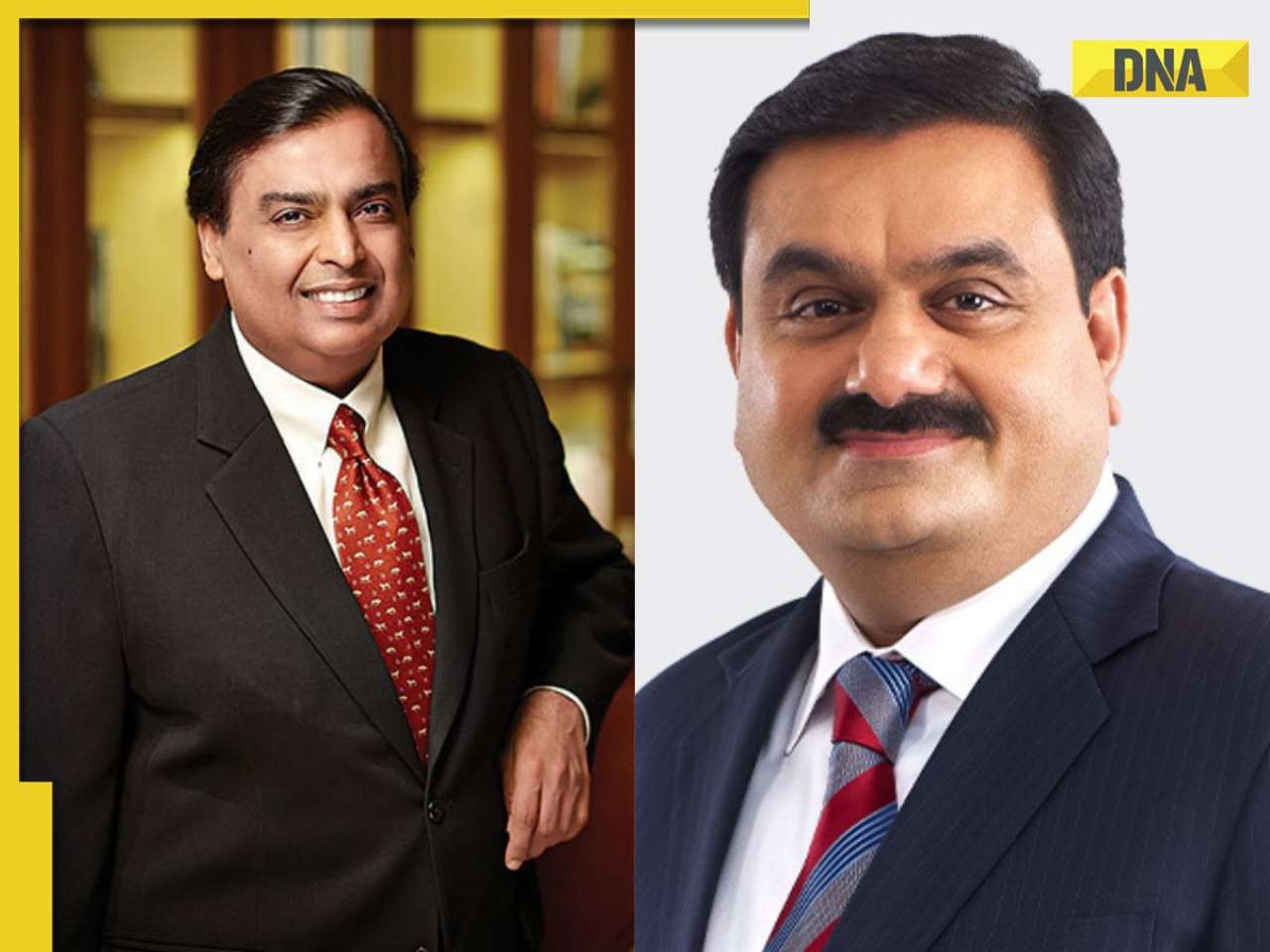

























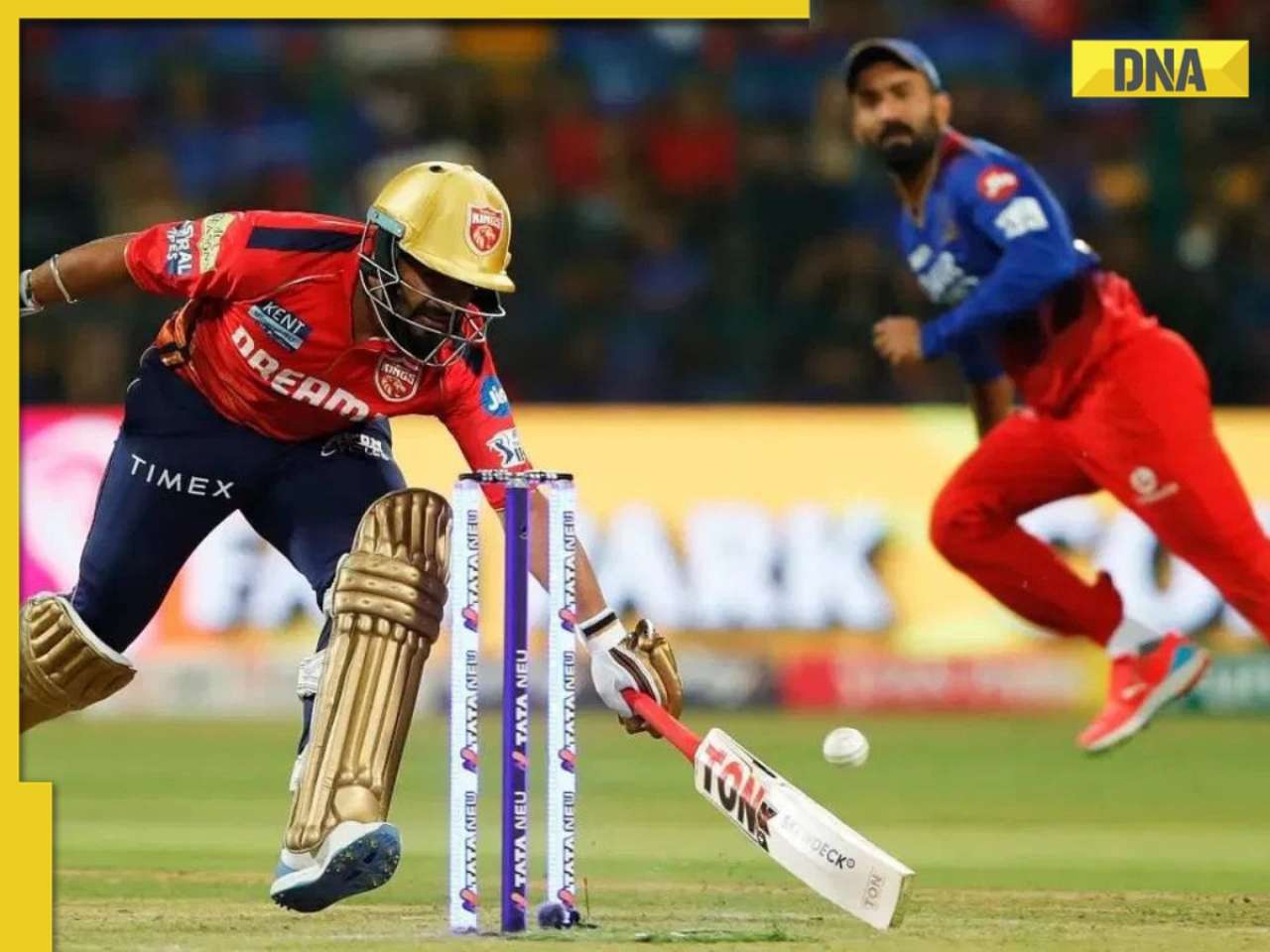
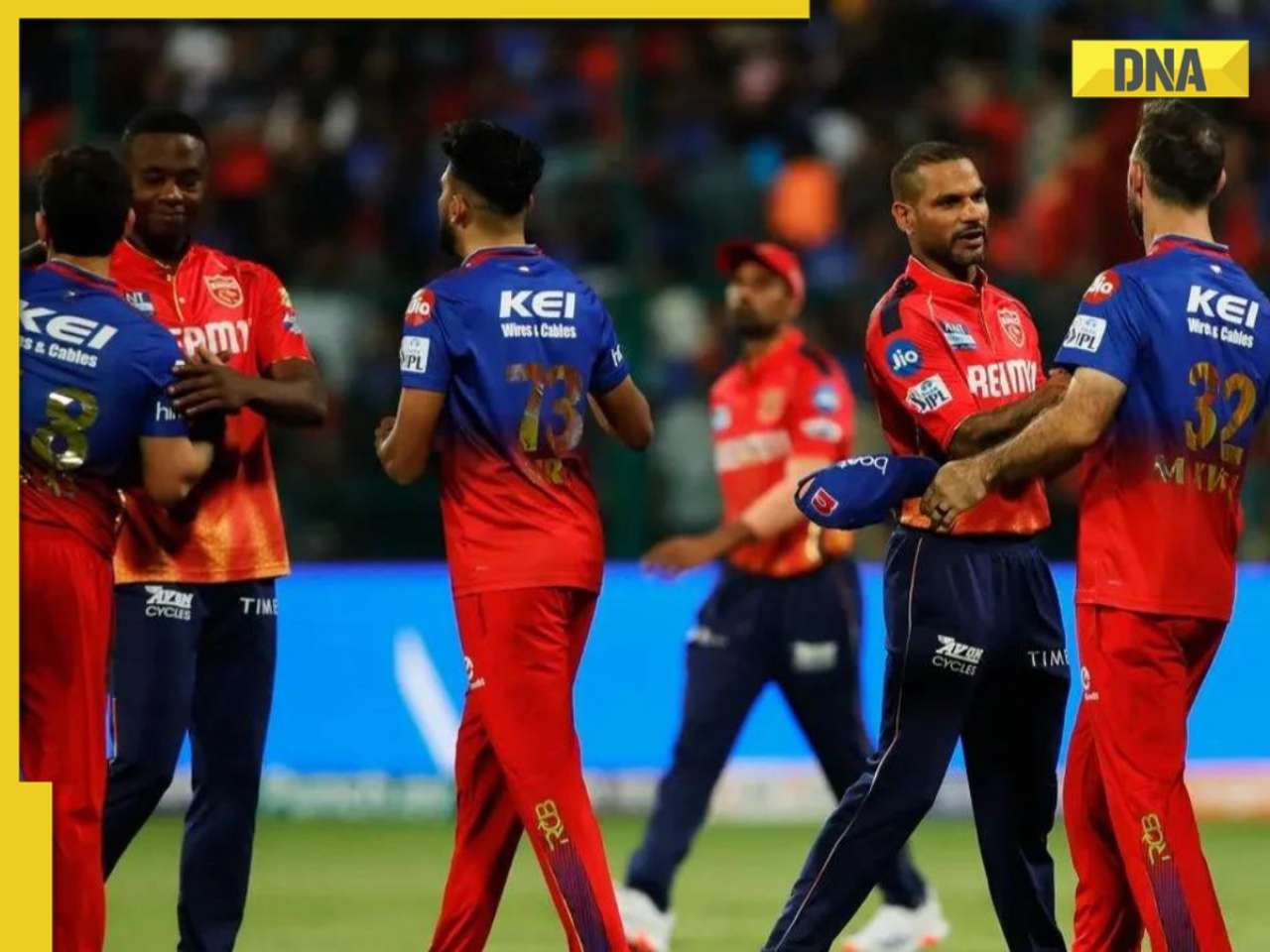





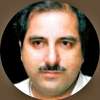
)
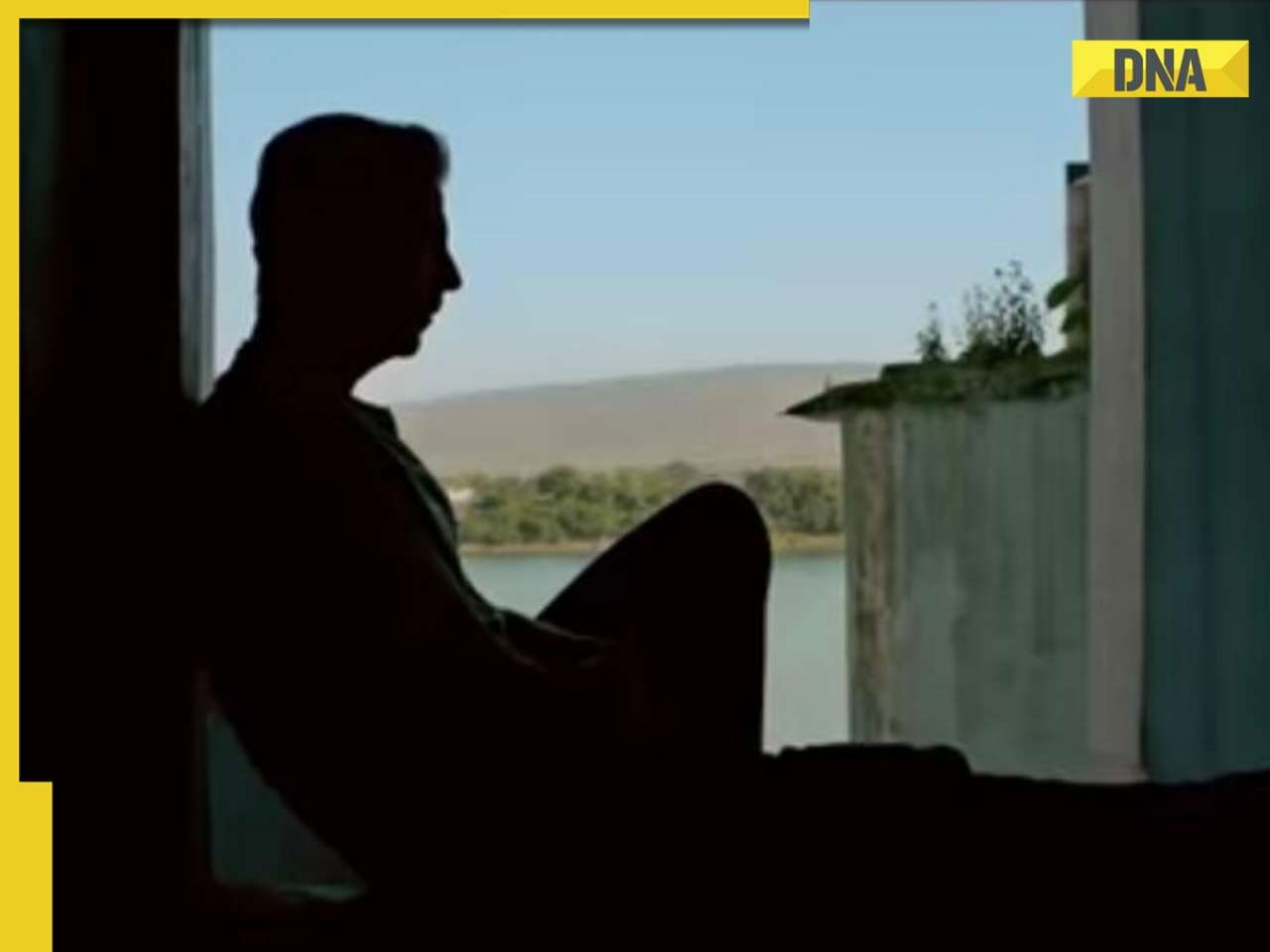








)




)
)
)
)
)
)